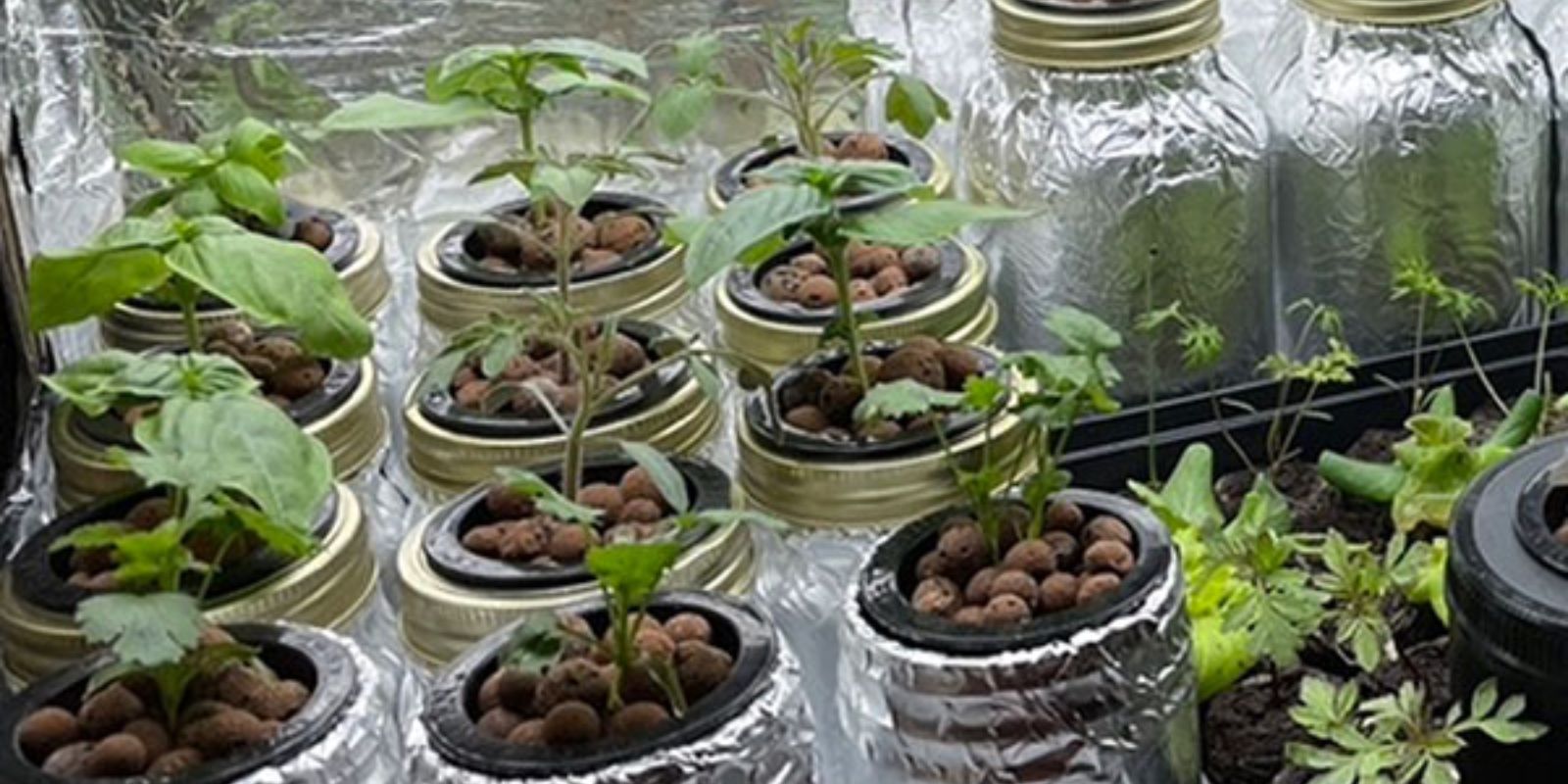Introduction
Gardening has evolved beyond traditional soil-based practices, offering innovative ways to grow fresh produce at home. One such breakthrough is the Kratky Method, a simple, passive hydroponics system requiring no soil, pumps, or constant attention. This method is especially ideal for urban dwellers and beginners who want to grow vegetables like tomatoes, peppers, or lettuce without the hassle. In this article, we’ll explore the step-by-step process of setting up a Kratky system and why it’s a game-changer for home gardening.
What is the Kratky Method?
The Kratky Method, developed by Dr. B.A. Kratky, is a low-maintenance hydroponics technique. Unlike traditional hydroponics, this method doesn’t rely on electricity or pumps for water circulation. Instead, plants grow in a container filled with nutrient-rich water, with their roots partially submerged.
As the plants grow, they absorb water and nutrients, and an air gap is naturally created, allowing roots to access oxygen. It’s a sustainable and straightforward way to grow vegetables indoors or outdoors.
Why Choose the Kratky Method?
- Ease of Setup: No complex systems or equipment needed.
- Low Maintenance: Minimal monitoring and effort required.
- Space-Saving: Perfect for balconies, small gardens, or kitchens.
- Eco-Friendly: Reduces water usage compared to soil gardening.
- Year-Round Gardening: Grow vegetables indoors regardless of the season.
How to Grow Tomatoes and Vegetables with the Kratky Method
Step 1: Gather Your Materials
- Container: A bucket, jar, or storage tote with a lid. Ensure it’s opaque to prevent algae growth.
- Net Pots: These hold your seedlings and allow roots to grow downward into the solution.
- Growing Medium: Options include clay pebbles, coco coir, or rock wool.
- Hydroponic Nutrients: These provide essential nutrients for plant growth.
- Seedlings: Tomato, lettuce, peppers, or other vegetables of your choice.
Step 2: Prepare the Container
- Select the Right Size: Choose a container based on the size of the plant. For tomatoes, a 5-gallon bucket is ideal.
- Drill Holes in the Lid: Use a drill or cutter to make holes for the net pots. Ensure the holes are slightly smaller than the pots to hold them securely.
Step 3: Mix the Nutrient Solution
- Follow the Instructions: Mix hydroponic nutrients with water according to the product label.
- Fill the Container: Add the solution to the container, leaving enough room for the net pots to sit without submerging completely.
Step 4: Plant the Seedlings
- Place in Net Pots: Position your seedlings in the pots, surrounding the roots with the growing medium.
- Insert the Net Pots: Place the pots into the container’s lid so the roots touch the water.
Step 5: Provide Light
- Natural Light: Place the system where it gets 6–8 hours of sunlight daily.
- Artificial Light: Use LED grow lights for indoor setups, ensuring 12–16 hours of illumination.
Step 6: Monitor Growth
- Check Water Levels: Refill the container with the nutrient solution when levels drop significantly.
- Inspect Plants: Look for signs of nutrient deficiencies or pests and address them promptly.
Step 7: Harvest Your Vegetables
- Tomatoes and other vegetables grown with the Kratky method can be harvested once they ripen. Enjoy fresh, pesticide-free produce straight from your hydroponic garden!
Tips for Success with the Kratky Method
- Choose the Right Seeds: Select vegetables that thrive in hydroponic conditions, like cherry tomatoes, lettuce, or herbs.
- Maintain the Solution: Keep the pH of the nutrient solution between 5.5 and 6.5 for optimal growth.
- Prevent Algae Growth: Use opaque containers or cover clear ones to block sunlight.
- Rotate Plants: Move plants periodically to ensure even light exposure.
- Start Small: Begin with one or two containers to get comfortable with the system.
Benefits of Growing Tomatoes with the Kratky Method
- Pest-Free Gardening: Eliminates soil-borne pests and diseases.
- Consistent Growth: Plants grow faster due to direct access to nutrients.
- Cost-Effective: Saves money on soil, pesticides, and irrigation systems.
- Sustainable: Reduces water waste and the need for synthetic fertilizers.
Common Challenges and Solutions
- Algae Growth:
- Problem: Light exposure causes algae in the container.
- Solution: Use dark, opaque containers or cover them with foil.
- Nutrient Imbalance:
- Problem: Plants show yellowing or stunted growth.
- Solution: Adjust the nutrient solution and check pH regularly.
- Root Rot:
- Problem: Overly submerged roots lack oxygen.
- Solution: Ensure an air gap is maintained as water levels drop.
Why the Kratky Method is Perfect for Urban Gardening
For those with limited space or time, the Kratky method offers a practical solution. You can grow your vegetables in a small apartment, on a balcony, or even in your kitchen. The method’s simplicity and low cost make it accessible to anyone interested in sustainable gardening.
Conclusion
The Kratky method is a revolutionary way to grow tomatoes and other vegetables with minimal effort. Its simplicity, cost-effectiveness, and sustainability make it an excellent choice for gardeners of all skill levels. Whether you’re an urban dweller or a gardening enthusiast, this passive hydroponics system empowers you to grow fresh, healthy produce year-round.
🌱 “Start your Kratky garden today and enjoy the satisfaction of growing your food effortlessly!”
#Hydroponics #KratkyMethod #DIYGardening #UrbanFarming #GrowYourOwnFood #SustainableLiving #GardeningHacks

